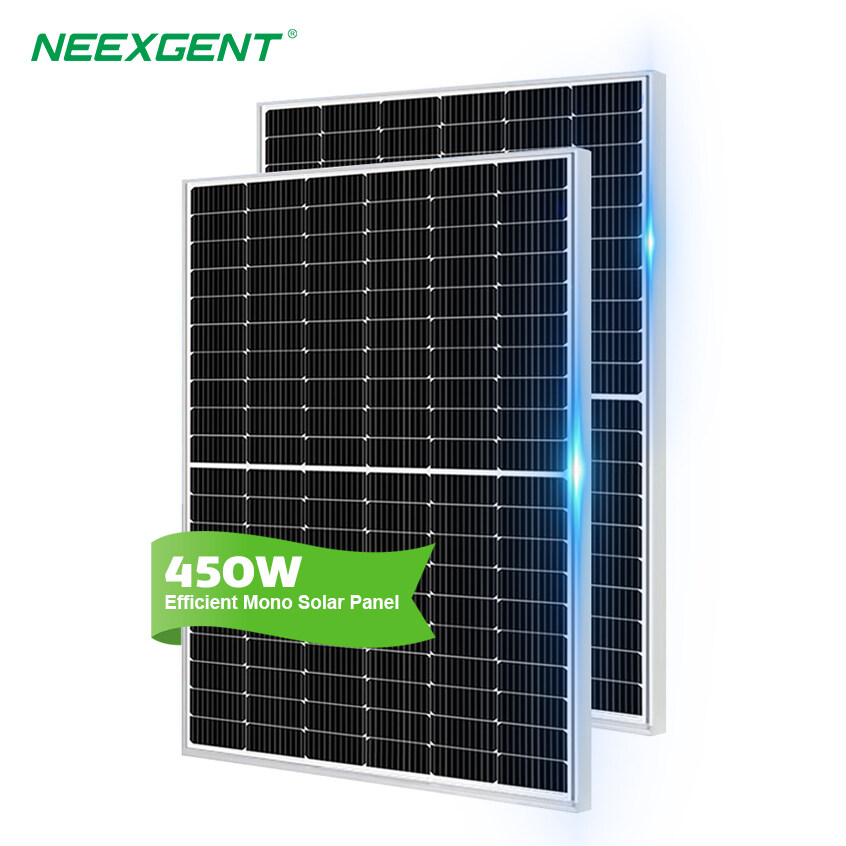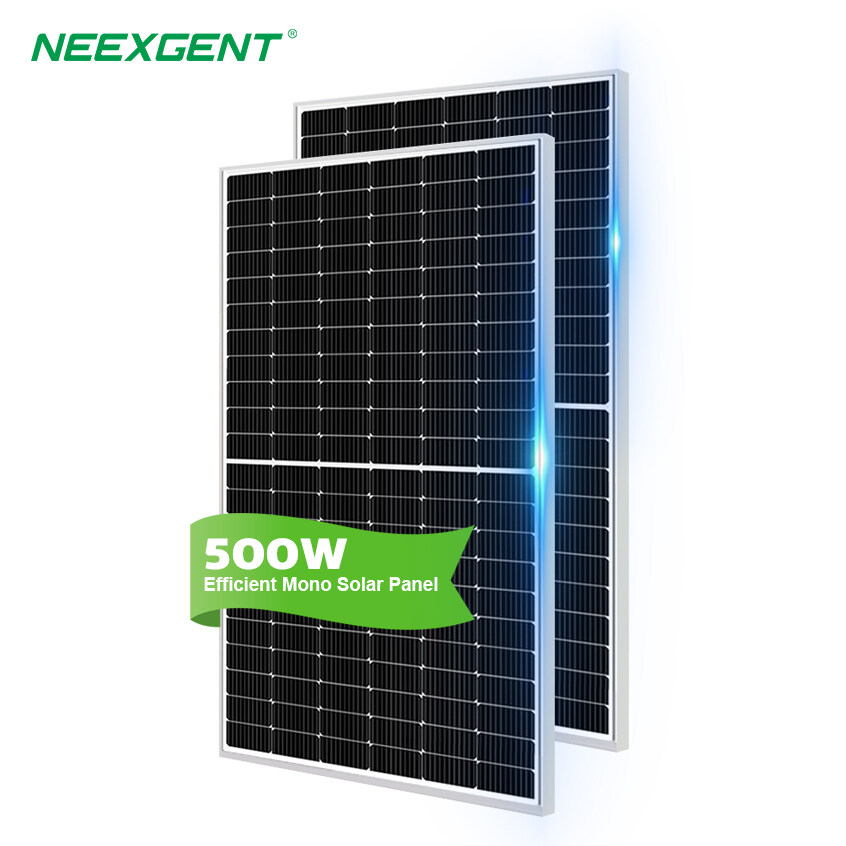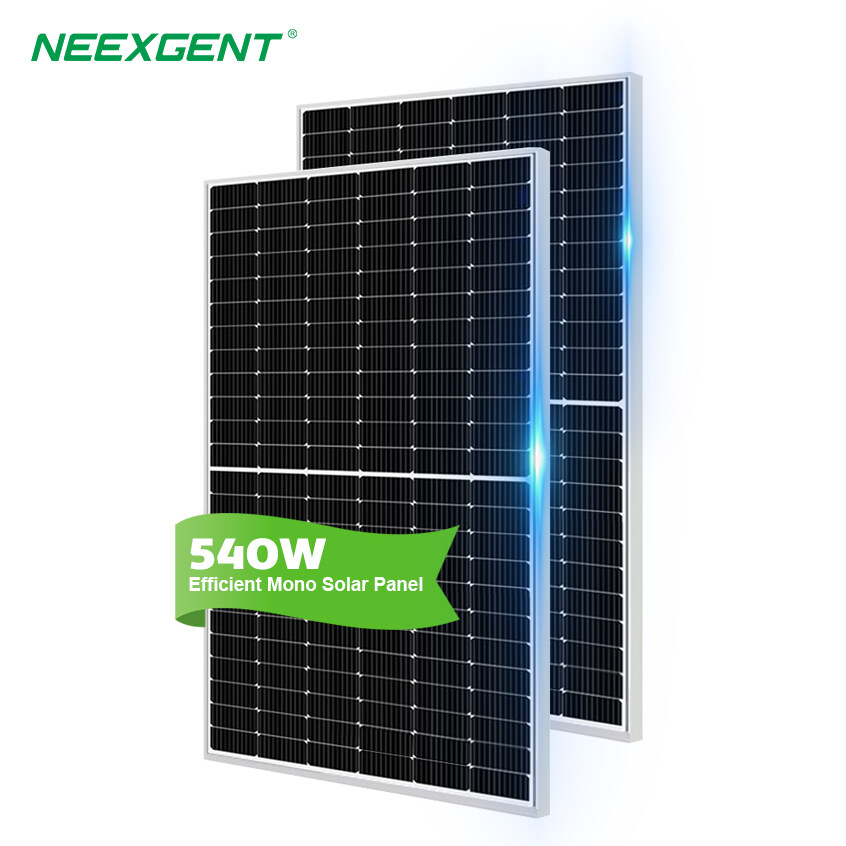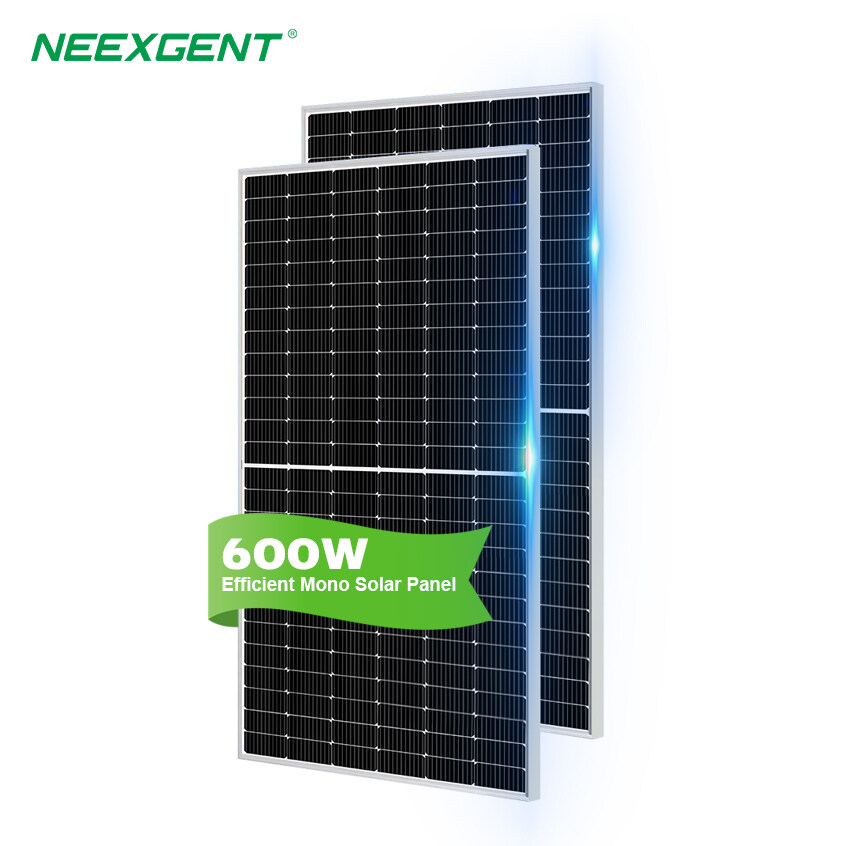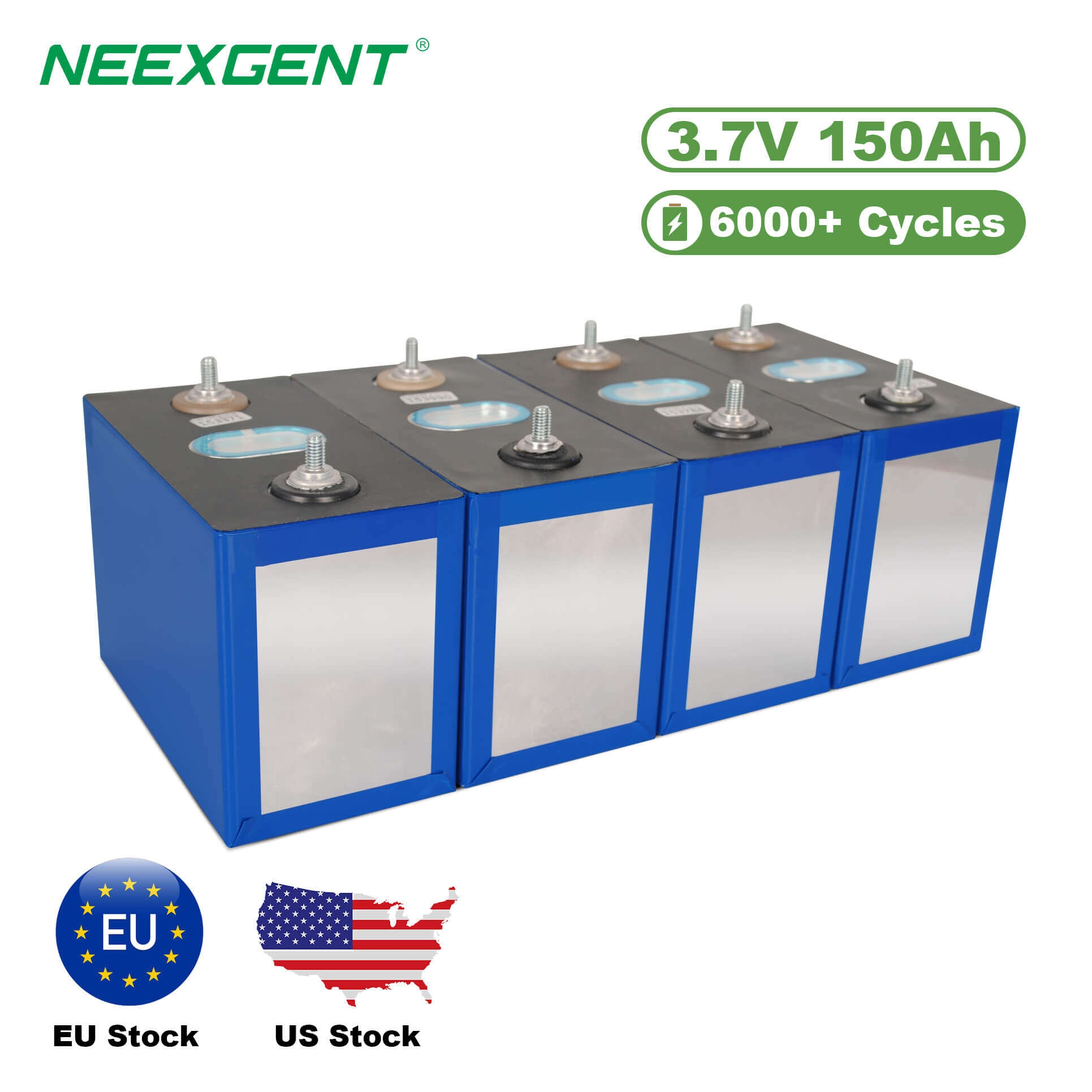Contents:
As the world accelerates its transition to clean and sustainable energy, residential solar systems are becoming an increasingly popular solution for households seeking independence from traditional power grids and rising energy costs. At the heart of these systems lies one critical component: the battery. Among the various battery technologies available, Lithium Iron Phosphate (LiFePO4) has emerged as a standout choice—particularly for residential applications—thanks to its exceptional safety profile, long cycle life, and environmental friendliness.
This article delves deep into the safety features of LiFePO4 batteries, compares them to other common chemistries like lithium-ion and lead-acid, and explains why they are particularly well-suited for residential solar systems.
1. Introduction to Lithium Iron Phosphate (LiFePO4)
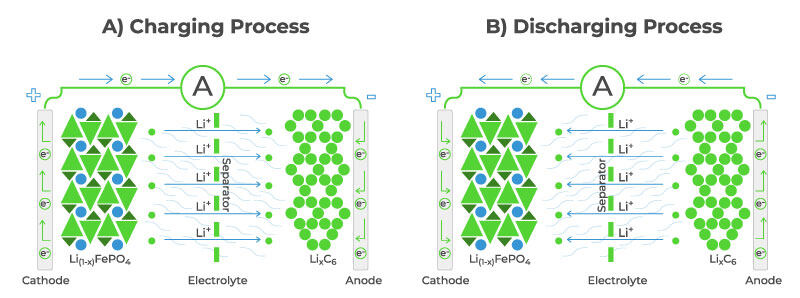
Lithium Iron Phosphate (LiFePO₄) is a type of lithium-ion battery that uses iron phosphate as the cathode material. First introduced in the 1990s, it has gained popularity due to its high thermal and chemical stability, making it significantly safer than traditional lithium-ion batteries (such as Lithium Cobalt Oxide, or LiCoO₂).
Key Properties of LiFePO4 Batteries:
-
Nominal Voltage: ~3.2V per cell
-
Cycle Life: 2000–7000 cycles, depending on depth of discharge (DoD)
-
Operating Temperature Range: -20°C to 60°C
-
Thermal Runaway Temperature: ~270°C (significantly higher than Li-ion alternatives)
2. Why Safety Matters in Residential Solar Systems
A residential solar system typically consists of photovoltaic panels, an inverter, and a battery storage unit. The battery stores excess solar energy generated during the day for use at night or during grid outages. Since these systems are installed in or near homes—sometimes in garages, basements, or even living areas—safety is paramount.
Battery fires, explosions, or toxic chemical leaks pose serious risks to property and human life. Therefore, the choice of battery chemistry can make or break the safety profile of a solar installation.
3. LiFePO4 vs. Other Battery Chemistries: Safety Comparison

Let’s compare the safety of LiFePO4 with other commonly used batteries:
a. LiFePO4 vs. Lithium Cobalt Oxide (LiCoO₂)
-
Thermal Stability: LiFePO4 is thermally stable up to 270°C, whereas LiCoO₂ can go into thermal runaway at ~150°C.
-
Combustibility: LiCoO₂ is more prone to fire or explosion when punctured or overheated.
-
Oxygen Release: LiFePO4 does not release oxygen during thermal events, while LiCoO₂ does—fueling fires.
b. LiFePO4 vs. Lead-Acid
-
Chemical Spills: Lead-acid batteries can leak sulfuric acid, posing environmental and safety hazards.
-
Gassing: They emit hydrogen gas during charging, which is flammable in enclosed spaces.
-
Maintenance: Require regular water refills and venting—LiFePO4 batteries are maintenance-free.
Conclusion:
LiFePO4 batteries clearly offer the highest margin of safety, particularly for indoor or near-residential use.
4. Built-in Safety Features of LiFePO4 Batteries

a. Intrinsically Stable Chemistry
Iron phosphate is a robust compound that resists breakdown under high temperatures and overcharging. This makes LiFePO4 inherently less volatile.
b. Battery Management Systems (BMS)
Most modern LiFePO4 batteries are equipped with intelligent BMS units that:
-
Prevent overcharging and deep discharging
-
Monitor cell temperature and voltage
-
Automatically disconnect in unsafe conditions
c. No Risk of Thermal Runaway
Unlike traditional lithium-ion batteries, LiFePO4 is highly resistant to thermal runaway, the chain reaction that can lead to battery fires.
d. Non-Toxic and Environmentally Safe
LiFePO4 batteries do not contain cobalt or nickel, and their components are non-toxic and recyclable, reducing the risk of toxic leaks.
5. Real-World Safety Applications in Residential Solar
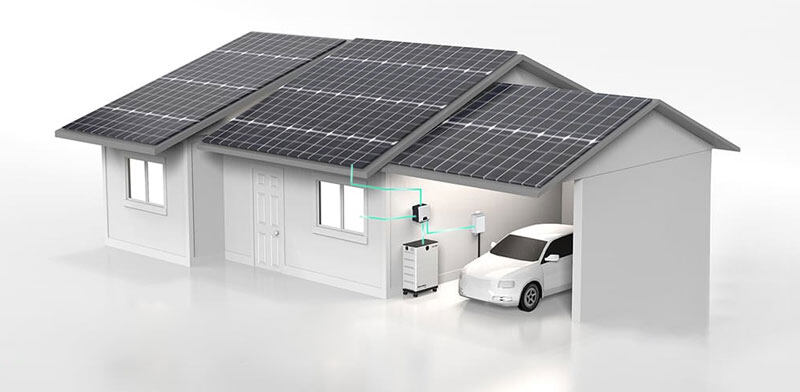
Here are some ways LiFePO4 enhances real-world residential solar installations:
a. Indoor Installations
Thanks to their non-combustible and non-toxic nature, LiFePO4 batteries are safe for use in:
-
Indoor battery cabinets
-
Basements
-
Utility closets
b. High-Temperature Regions
In hot climates, battery overheating is a real concern. LiFePO4’s wide temperature tolerance range makes it ideal for regions with extreme summer temperatures.
c. Grid-Independent Homes
Off-grid systems often require higher capacity storage. With long cycle life and low fire risk, LiFePO4 batteries are trusted in off-grid cabins, RVs, and even boats.
6. Other Advantages Enhancing Overall Safety
a. Long Cycle Life = Fewer Replacements
A longer lifespan (often 10+ years) reduces the need for frequent battery swaps, minimizing human interaction and installation risks.
b. Minimal Degradation
Unlike other batteries, LiFePO4 maintains its capacity and safety features even after thousands of cycles, ensuring consistent performance.
c. Low Self-Discharge
LiFePO4 batteries self-discharge very slowly (~2% per month), which helps prevent over-discharge and related safety issues during long storage periods.
7. Industry Adoption and Certifications
Major manufacturers and solar integrators are increasingly adopting LiFePO4 technology. Many models comply with international safety certifications:
-
UL 1973 (for stationary battery systems)
-
UL 9540A (thermal runaway testing)
-
IEC 62619 (safety of rechargeable cells for stationary applications)
8. Best Practices for Safe Use in Residential Systems
Even though LiFePO4 is among the safest battery types, proper system design and maintenance are still essential:
-
Use Certified Equipment: Always choose batteries with reputable certifications (UL, CE, etc.).
-
Install Proper Ventilation: While LiFePO4 doesn’t emit gases, good ventilation helps maintain ambient temperatures.
-
Monitor with Smart Systems: Use monitoring tools to track battery health and performance.
-
Avoid Physical Damage: Do not puncture or crush the battery pack.
-
Hire Licensed Installers: Ensure your solar and storage system is installed by certified professionals.
Conclusion
In the quest for safe, sustainable, and reliable home energy, Lithium Iron Phosphate batteries offer an unparalleled combination of safety, longevity, and performance. Their stability under extreme conditions, resistance to thermal runaway, and eco-friendly composition make them the ideal choice for residential solar energy storage—especially in environments where safety is non-negotiable.
As technology advances and consumer awareness grows, LiFePO4 batteries are not just a smart choice—they're the safe choice for powering the solar homes of tomorrow.
FAQs
+ 1. Are LiFePO4 batteries safer than lithium-ion batteries?
Yes, LiFePO4 batteries are much safer due to their higher thermal stability, non-flammable chemistry, and resistance to thermal runaway.
+ 2. How long do LiFePO4 batteries last in a home solar system?
Typically 10 to 15 years, or 3000 to 7000 cycles, depending on usage and depth of discharge.
+ 3. Can I use LiFePO4 batteries indoors?
Absolutely. Their non-toxic, stable chemistry makes them ideal for indoor installation, including garages and utility rooms.
+ 4. Do LiFePO4 batteries require maintenance?
No. They are virtually maintenance-free, unlike lead-acid batteries which require regular fluid checks and ventilation.
+ 5. Are LiFePO4 batteries environmentally friendly?
Yes. They contain no cobalt or heavy metals, are recyclable, and have a lower environmental impact compared to other lithium-based chemistries.

